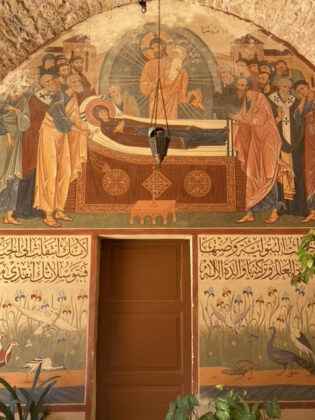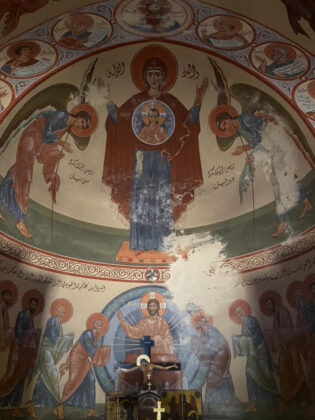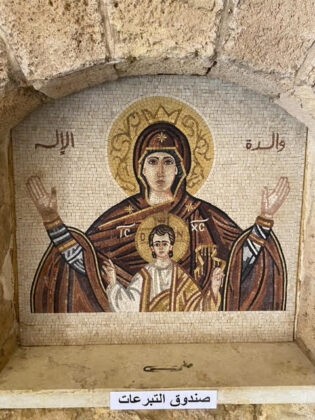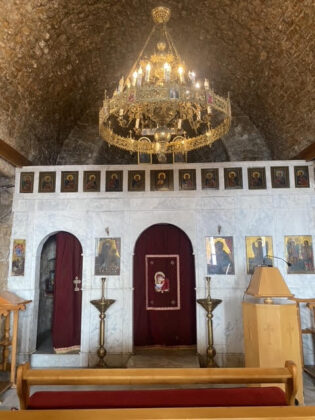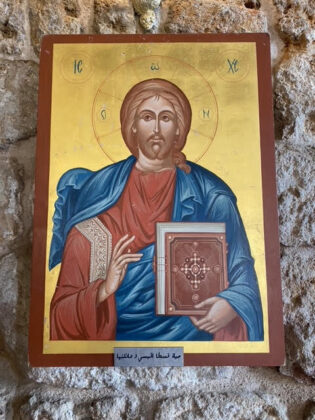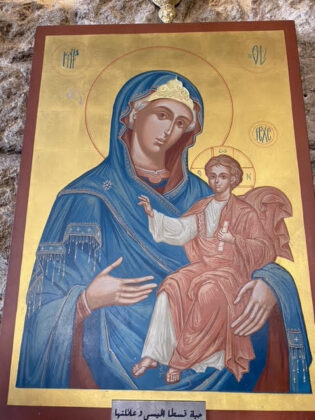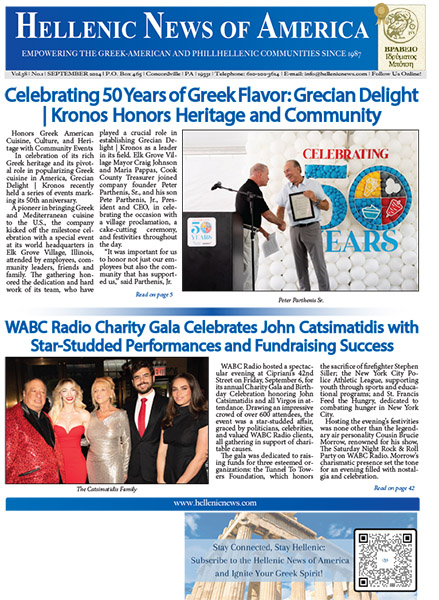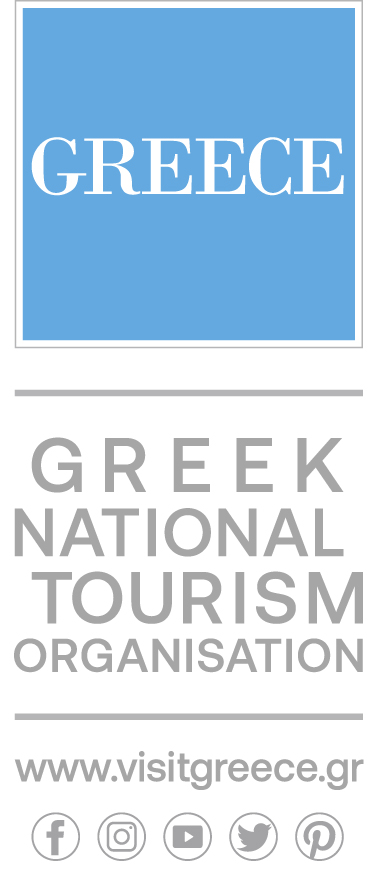By Julian McBride
Abstract: Lebanon is the melting pot of the Middle East when it comes to religious diversity. Through the faith of Abraham, Muslims, Christians, and Jews built the country’s rich historical sites alike. I had the privilege of visiting some of the Greek Orthodox structures of Lebanon, which hit close to me as a Greek Orthodox myself. Lebanon is home to beautiful mosaics, antiquities, and architecture in the Greek Orthodox (Rûm) faith. There were two Greek Orthodox structures that caught my eye which continues to carry the Greek Orthodox legacy of the Roman Empire.
Deir Saydet El-Natour, Anfeh Greek Orthodox Rûm Monastery
The Deir Saydet El-Natour Monastery is in the coastal city of Anfeh. Legend states that the Cistercians founded the structure. It was constructed by Frankish knights during the Crusader period. After the departure of the Crusaders, the local Rûm community of Anfeh renovated it and turned it into a Greek Orthodox Monastery. In the subsequent years, there were turbulent periods of attacks during the Mamluk and Ottoman period due to wars in the region. Ottoman authorities gave deeds for Deir Saydet El-Natour to be preserved and reconstructed in 1838. After losing its last superior, who became the Archbishop of Akkar, the monastery was deserted and went into a downward spiral of collapse. Sister Catherine al-Jamal was responsible for the monastery’s revival, and it continues to persist despite the economic and political situation in Lebanon. Inside the monastery, you can see the classical mosaics in Arabic and just how old the monastery is as some of the icons fade. Ethnic Greeks of Lebanon and Arabs who follow the Greek Orthodox Rûm faith are frequent patrons of the historic monastery. It is also popular in Anfeh as it sits next to the coast and beautiful beaches and clear water of the Mediterranean. Today, it serves as a major pilgrimage site for Christians around the world who visit Lebanon.
Our Lady of the Sea
Our Lady of the Sea, also known as Sayidat al-Bahr is a Greek Orthodox Church located in Batroun, Lebanon. Settled near the Phoenician Wall, patrons and tourists have a beautiful view of the sea only a few meters away from it. The exact date of the foundations of the church is unknown, but it is stated that Sayidat al-Bahr was built on top of an old Phoenician Temple. This can be supported by the Phoenician ruins near the church, such as the ancient wall. The church is modeled after the Byzantine era structures, which is ironic as it sits on top of the old Byzantine church. The church’s icons were painted by in the mid-1800s and are still in prestigious condition. The beautiful icon of the Lady of the Sea sits on the church, which gives the Orthodox Church its identity.
Lebanon is a prestigious country in the MENA region, with eye opening illustrious antiquities and architecture. The Greek Orthodox of the Levant played a significant role in developing the modern state of Lebanon, including some of the most glamorous churches and monasteries, such as Deir Saydet El-Natour and Our Lady of the Sea. After visiting these historical religious sites, I would recommend them to anyone who wishes to visit and pilgrimage in Lebanon.






